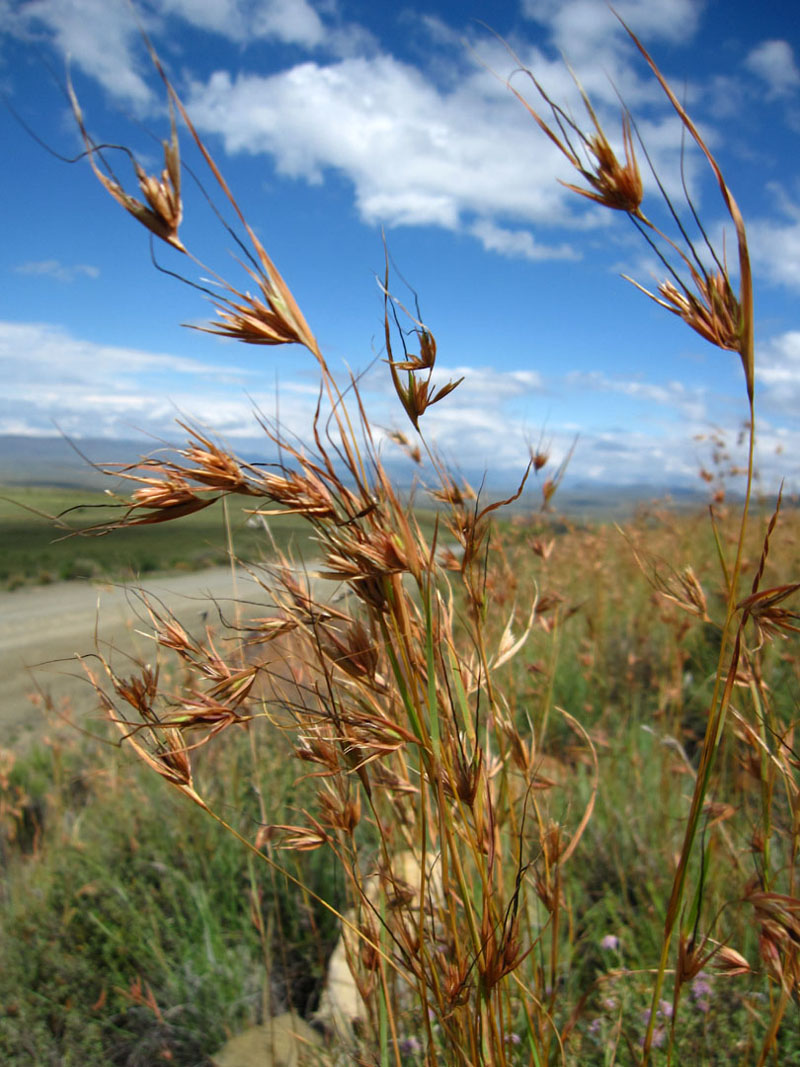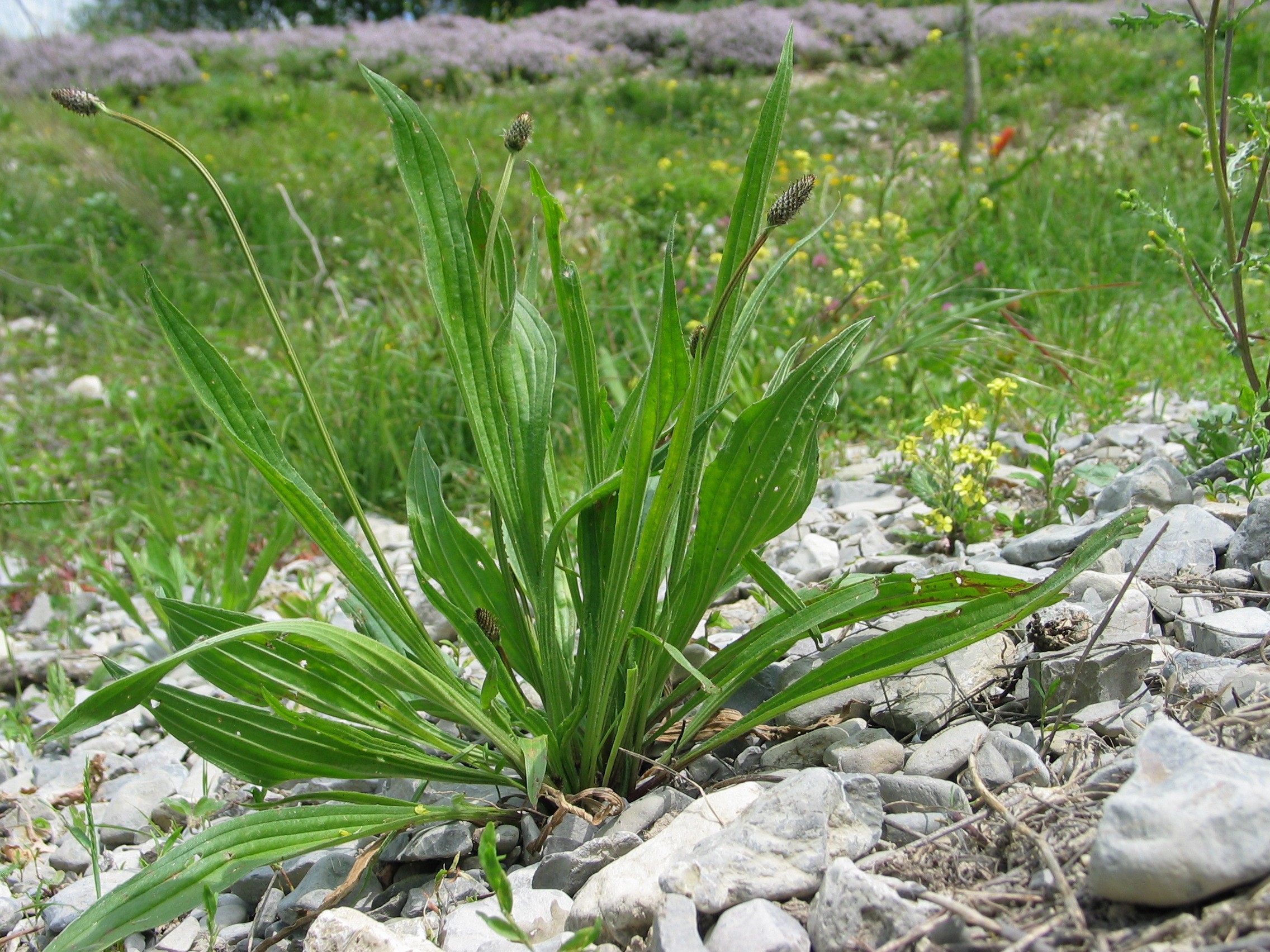Vegetation sampling techniques
Introduction
Background
One of the most foundational aspects of ecology is getting information regarding the ecosystem which we are wanting to study. This information can come in various forms; principly primary and secondary data. Primary data are collected directly from the environment (what we will be doing in this practical), whilst secondary data are data derived from primary data sources. Examples of these secondary data sources include narrative reviews, systematic reviews, and meta-analyses. Hopefully one day you will learn more about the incredible importance of secondary data sources in ecology but for today we will just be dealing with primary data.
Ecology is a broad term used to decribe anything from how animals move through habitat types, to the effect that animals have on vegetation to how plants respond to climatic shifts. As there are so many different fields within ecology, ecologists have developed many different methods to gather information from their study ecosystem. As plant species precence and composition is an important component and consideration to almost every terrestrial ecology study, we will be looking at a few sampling methods which will help us answer a simple question - “How does human disturbance affect Themeda triandra and Plantago lanceolata abundance?”
Types of data
We will use two kinds of data to answer this question. The first is qualitative data. These data are descriptive and categorical. You might have done a survey before where you had to answer how much you like chocolate where some of the choices available to you are: do not like, neutral, like. But qualitative descriptors are also used in ecology - treatments are often applied qualitatively. For example, an experiment can quantify plant species richness on disturbed and undisturbed grasslands. Here disturbed and undisturbed are categorical descriptors. We can also measure qualitative responses on an ordinal scale - that is there is a magnitude associated with each measurement. “Rockiness” or “steepness” are ordinal measures where we can rank the rockiness of a sampling area on a scale of 0 to 5 without actually counting each rock (something that would take a very long time). The same can be said for steepness. Ecologists often resort to qualitative measurements when there is a limited time or they do not have the correct (often expencive) equipment to measure the desired variable. There are several qualitative measurement methods one can use in ecological sampling but today we will use the DAFOR method:
| Letter | Level | Cover |
|---|---|---|
| D | Dominant | > 75% cover |
| A | Abundant | 51-75% cover |
| F | Frequent | 26-50% cover |
| O | Occasional | 11-25% cover |
| R | Rare | < 11% cover |
The second kind of data is quantitative. This is data which is measured on a scale. This scale can be either discrete (integer points – 0, 1, 2, …) or continuous (can include decimal points – 0, 0.2, 0.78, 1, 1.21, 3.458, …). Most measurements that you will do in ecology will be measured on a qualitative scale. Types of data that we will collect using this measurement could be species richness counts, biomass weights, distance traveled by an animal, and the amount of food eaten by an animal. For this practical we will be using distance, density and exact cover measurements for our ordinal measurements.
Aims and objectives
Generally, quantitative data are better than qualitative data but there are occasions when qualitative data are acceptatble and even some where they are neccessary. Our aim in this practical is to answer a common tye of ecological question: How does the (abundance/precence/disturbution) of (insert species name here) change with (climate/topography/soil property/land management/disturbance type). To achieve this aim we have designed a simple but hopefully interesting investigation which demonstrates several important considerations needed for ecological sampling with quadrat methods.
Methods and materials
Study site and location
This experiment will be conducted in the largely undisturbed grassland between the UKZN Agriculture Campus and the Dennison Residence. Each of the 10 groups of students (randomly assigned prior to the practical) will run a 25 m transect using a tape measure from a point along the path perpendicularly into the grassland. At 2.5 m intervals along this transect you will stop and collect the information needed to answer the question. All information will be filled in on the attached data collection sheet - one for each group.
Variables to be measured
Each group will contribute one replicate towards each measured variable (making 10 replicates in total). The variables we will be measuring today are:
- Response (dependent) variables
– Themeda triandra cover
– Plantago lanceolata density
- Predictor (independent) variables
– Distance from the path
– Amount of bare soil
– Soil rockiness
– Forb density
Each of these variables will be measured along the 25 m long transect. You will measure each variable at 2.5 m intervals along this transect. When you are taking measurements using quadrats remember that replication is important - that includes your methodology. Be sure to do everything in exactly the same manner at each point along the transect. For example - at each transect interval place your quadrat at the transect interval as follows:

Figure 1: Example of the sampling design for this practical’s data collection.
We will use the path that begins near the car park and runs diagonally through the grassland. Each group will carry out two transects - one on the left and one on the right of the path. The point along the path where your transect will begin will be determined using a random number generator to produce a list of starting points for each groups’ transects. Each random number stands for the distance along the path with 0 m being at the lower fork and 300 m being at the end of the path near the pedestrian gate. These will be assigned to you at the beginning of the practical.
Themeda triandra percentage cover
To get an indication of the relative biomass contribution of a species in an area we can calculate the percentage cover for the desired species. The best way to do this is with a gridded quadrat. Place the \(1 \times 1\) m quadrat on the ground along the transect and then count the number of cord intersections in the quadrat where T. triandra occurs. You may have a single individual present at more than one intersection - that is okay. As each intersection represents 1 %, you can very easily and accurately estimate the cover of the speices of interest. Another useful measurement is the % cover relative to all the other speices. To calculate this you need to count the total number of cord intersections where plants are found - thus the total vegetative cover. Dividing the T. triandra cover by the total vegetation cover will give the relative cover for T. triandra - \(\frac{\% \, T. \, triandra}{\% \, total \, vegetation \, cover}\).
Plantago lancolata density
Here we will calculate the relative density of a weedy forb species within each quadrat. At each transect interval count the total number of plants and then count the total number of P. lanceolata plants. Record both numbers for each transect as \(\frac{number \, of \, P. \, lanceolata}{number \, of \, plants}\).

Figure 2: Schematic of the quadrat that you will use during the practical.
Distance from path
This is an easy one and should be the first variable you will measure along the transect for each measurement interval (otherwise how will you know where to collect your data?). We will use the 50 m tape measure from the start of the transect perpendicularly outwards into the surrounding grassland. At each 2.5 m interval make a small mark in the soil along the transect where you will conduct your other measurements at.
Amount of bare soil
This will be a qualitative measurement based on a quick quadrat estimate. Place the 1x1 m quadrat along the transect and then rate the quadrat on a scale of 0-5 of how bare the soil is (0 = no bare soil, 5 = completely bare soil). Do this once at each interval along the transect.
Soil rockiness
These measurements will be taken as the number of rock cells counted in the 1x1 m quadrat. Within the quadrat count the number of grid cells that contain rocks. Think carefully about the distinction between soil and cover when taking your measurements.
Forb density
Count the total number of forbs present in the quadrat. Forbs are basically plant that is not a grass, sedge or tree. Forbs are mainly legumes, weeds and flowers.
Data submission
By 23:59 on Wednesday each group’s data must have been typed up into the supplied Excel template file and emailed to the Biol305 email address (biol305atukzn@gmail.com). All members of a group whoes data is submitted at or between 00:00 and 06:00 will be penalised 10%. Those groups which still have not submitted data after that will be penalised 20% and their data will not be included in the final data set. These groups will still be required to submit the practical. The demonstrators will collate these data in the best way possible for you to run your analyses quickly and easily. These data will then be made available by 09:00 the following morning. Your practical will then need to be submitted by 13:50 on the day of your next practical.
Data analysis tips
You can find much relevant information concerning how your data can be analysed by looking at the BIOL 200 manual - particularly the ANOVA and linear regression sections. Use either of these methods depending on the type of data you are dealing with - one test is better suited for qualitative+quantitative data whilst the other is better suited for quantitative+quantitative data. We are expecting statistical analyses in this report. Remember that your response variable is P. lanceolata/T. triandra density/abundance and you have collected four enviromental variables to explain these species’ abundance (or lack thereof). There is also one variable which you have collected using both quantiative and qualitative methods. Identify this variable and statistically compare and discuss the results of the two data collection methods.
Report structure
You will present a full scientific report for this practical. You should be familiar with this layout by now.
There are two aspects that you are expected to address in this report - the first is the relationship between the environmental variables we collected and T. triandra and P. lanceolata abundance as well as a relationship between T. triandra and P. lanceolata occurance. Secondly, using this information, is a discussion on the methods that you used to collect these data. I have suggested different measurement types for each variable in this investigation. This is common practice in ecological experiments. When this is the case the researcher often needs to provide a justification for why they chose to measure a particular variable in a particular manner - that is what is expected from you. To guide you in writing your report the mark allocation used for this practical can be found here. Some extra tips and reminders can be found in the next section.
Extra tips
Introduction
Your introduciton must address the question you are asking. Frame this in both ecologically and methodologically relevant contexts. Keep focussed on the purpose of this practical but also consider the ecological context (human disturbance and weedy and desirable plant abundances).
Methods and materials
Your methods and materials must provide the justification for why you used the methods which were prescribed to you. Be sure to write this in paragraph format. It must include three sections:
- Site characteristics
- Data collection
- Statistical analyses
The data collection methods used for this practical have been chosen so that you will be able analyse them statistically. Remember to describe the statistical analyses that you are planning to use in this third section of the methods section.
Results
The results should accurately describe the outcomes of the statistical tests appropriate for the types of data you are dealing with. Be sure to present your results appropriately using figures or tables. Do not present raw data and always present mean values with variability measurements (e.g. standard errors, 95% confidence intervals - preferably obtained from the statistical analyses). Present any relevant post hoc tests where significant effects of treatments are identified.
Discussion
The discussion must then interpret the relationships between the response and predictor variables (one paragraph for each response variable-predictor variable relationship). You must also discuss any pros and cons of using the particular measurements.
| Side | Distance | T. triandra | P. lanceolata | Bare soil | Soil rockiness | Forb density |
|---|---|---|---|---|---|---|
| 1 | 1 | |||||
| 1 | 2 | |||||
| 1 | 3 | |||||
| 1 | 4 | |||||
| 1 | 5 | |||||
| 2 | 1 | |||||
| 2 | 2 | |||||
| 2 | 3 | |||||
| 2 | 4 | |||||
| 2 | 5 |
References
You are expected to cite at least 10 peer reviewed papers - no websites will be accepted. At the end of this prac manual you will find a list of recommended readings to aid in writing your report. Use these as a guide on how to write well - please read through them in full. Also use them to help you discuss your results. But you will still have to find some of your own litereature to reference. Make use of Google Scholar and Web of Science to help you with this. Reading through the suggested articles together with the articles you have found yourself in full will aid both your scientific writing ability and your understanding of ecology in general as well as exposing you to some of the coolest vegetation ecology experiments!
Appendicies
T. triandra and P. lanceolata photographs

Figure 3: Themeda triandra growing in situ.

Figure 4: Plantago lanceolata growing in situ.
Recommended readings
Borer, Elizabeth T., W. Stanley Harpole, Peter B. Adler, Eric M. Lind, John L. Orrock, Eric W. Seabloom, and Melinda D. Smith. 2014. “Finding generality in ecology: A model for globally distributed experiments.” Methods in Ecology and Evolution 5 (1): 65–73. doi:10.1111/2041-210X.12125.
Burden, R. F., and P F Randerson. 1972. “Quantitative studies of the effects of human trampling on vegetation as an aid to the management of semi-natural areas.” Journal of Applied Ecology 9 (2): 439–57. doi:10.2307/2402445.
Crawley, M. J., A. E. Johnston, J Silvertown, M Dodd, C de Mazancourt, M. S. Heard, D. F. Henman, and G. R. Edwards. 2005. “Determinants of species richness in the park grass experiment.” The American Naturalist 165: 179–92.
Kenkel, N. C., P. Juhasz-Nagy, and J. Podani. 1989. “On Sampling Procedures in Population and Community Ecology.” Vegetatio 83: 195–207. doi:10.1007/sl.
Kobayashi, T., Y. Hori, and N. Nomoto. 1997. “Effects of trampling and vegetation removal on species diversity and micro-environment under different shade conditions.” Journal of Vegetation Science 8 (6): 873–80. doi:10.2307/3237032.
Michener, William K. 1997. “Quantitatively Evaluating Restoration Experiments : Research Design , Statistical Analysis , and Data Management Considerations.” Restoration Ecology 5 (4): 324–37.